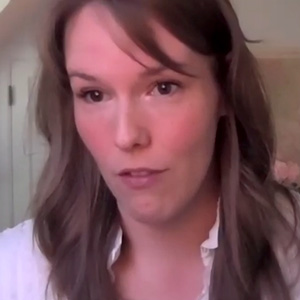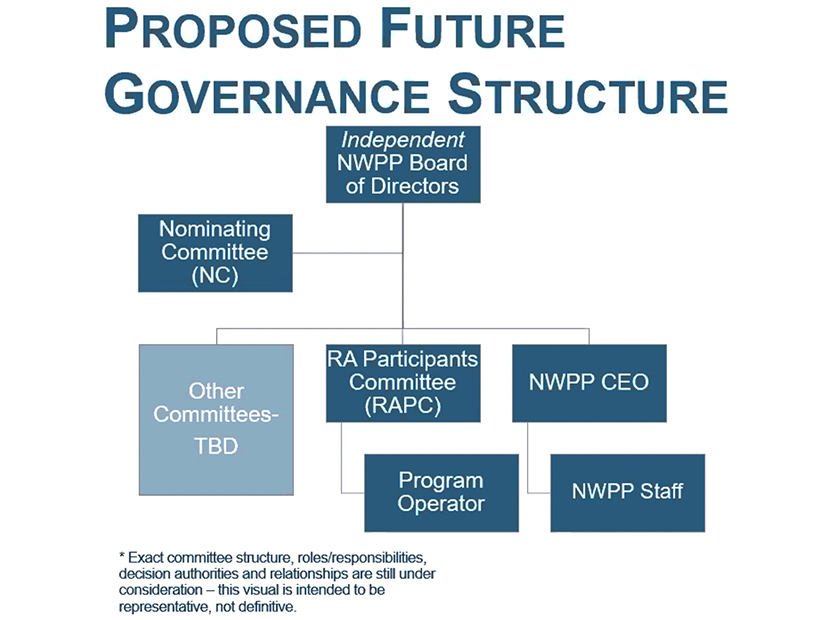The Northwest Power Pool’s regional resource adequacy program is nearing initial deployment this August despite the challenges of devising a completely new kind of governance structure, program organizers said in a webinar Friday.
“We’re trying to create a governance model for something that’s a little bit unique,” said Sarah Edmonds, director of transmission services at Portland General Electric. “It’s never been done before, the standalone regional RA program outside of an RTO … and so there’s not any precedents or examples that are an exact fit for us.”
Deployment Still on Track
NWPP began the RA effort in April 2020, reacting to growing concerns that capacity deficits in the West could cause load-serving entities to inadvertently draw on the same resources for RA amid the retirement of fossil fuel generators and the spread of intermittent renewables. (See NWPP Planning Western Resource Adequacy Program.) Earlier this year, NWPP said it was “closing in on the tail end of the detailed design,” with a “nonbinding” version of the program targeting deployment in the third quarter of the year. (See NWPP RA Program Taking Shape for Q3 Launch.)

In Friday’s webinar Edmonds confirmed that the program is still on track, providing further details about the deployment schedule. First comes implementation, on a nonbinding basis, of the “forward showing” program, which will require participants to outline resource adequacy and availability seven months in advance of the summer and winter capacity periods. However, they would not be penalized for failing to meet their showing requirements until 2023, when the binding forward-showing program takes effect.
“In the nonbinding forward showing, it’s just information; it’s not associated with mandatory compliance and penalties,” Edmonds said. “The reason that’s important is because this may be new or different information for some load-serving interests — that is different than the way they’ve been doing things. And if that’s the case, then there are going to be a lot more conversations and actions they have to take … to adjust into that position.”
When the full program takes effect in 2024, the forward-showing projections will be joined by an “operational” component involving a rolling look-ahead six days in advance. When an extreme event is forecasted that could require resource sharing, participants will be required to make their resources available to neighbors; in the event sharing is required, settlements will be handled after the fact.

The full program framework also incorporates loss of load estimates (LOLE) on a five- and two-year look-ahead basis to encourage longer-term planning among utilities, explained Rebecca Sexton-Kelly of Sapere Consulting, hired by NWPP for project management services and legal expertise. Entities’ reports will be reviewed by program operators at the start of the forward showing season to identify any discrepancies that may have arisen since the reports were finished, and entities will be given two months to reconcile the reports with their actual resources.
“Unlike the CAISO, we don’t have some way … to solve their problems before that. We would not go off and contract that capacity,” Sexton-Kelly said. “That’s part of the whole package: In order to maintain a relatively light touch, we want to encourage folks to do their own problem solving.”
Organizational Debates Continue

The program operators will fall under the authority of an RA Participants Committee (RAPC), according to an organizational chart shared on Friday; this in turn will be governed by an independent board of directors. Edmonds explained that this organizational structure “recognizes the fact that these are the entities that are voluntarily committing themselves to be on the hook for compliance, and so they are proposed to have a strong role.”
“Ultimately, though, the important aspect is that all decisions roll up to the board. The board is the ultimate backstop,” she continued.
Designers are proposing that the NWPP board of directors take responsibility for the RA program, though Edmonds acknowledged that NWPP’s board is currently “semi-independent” and that “changes will need to be made” to satisfy the RA program’s independence requirements.
When it comes to selection of the independent board members, “we’re not going to reinvent all the wheels here,” Edmonds said. She suggested that “a really good precedent out of the Energy Imbalance Market” could be the use of a nominating committee made up of representatives from multiple industry sectors. Planners will debut their ideas “in the next version of our ever-evolving governance proposal.”



